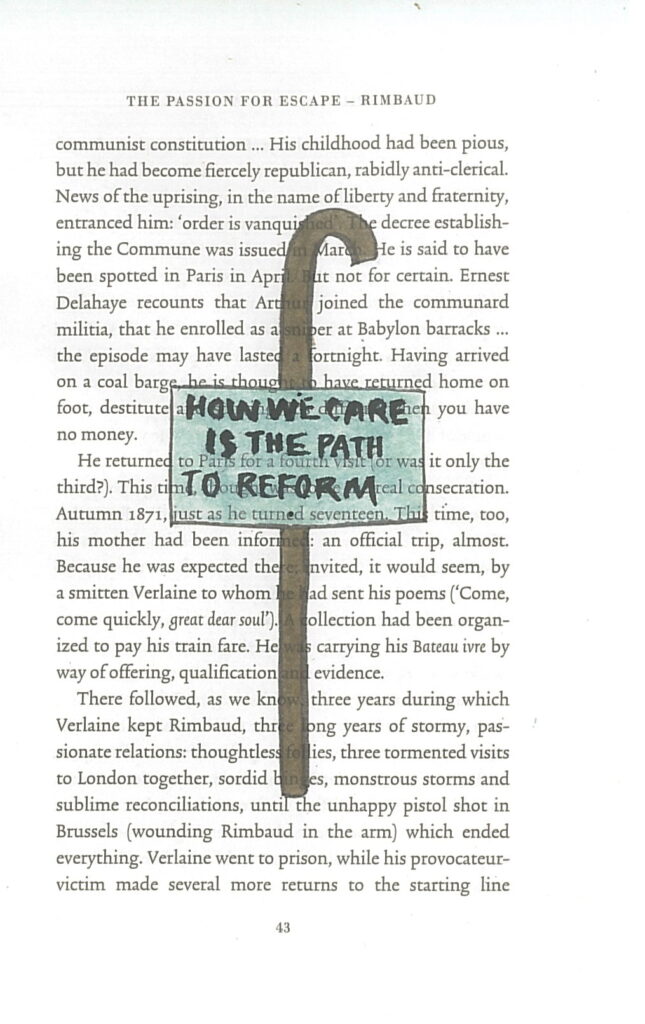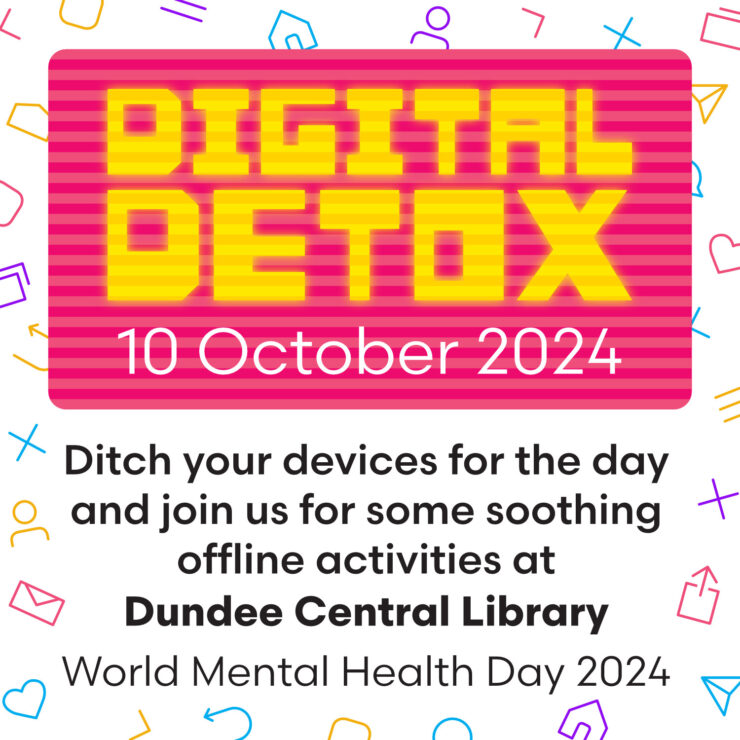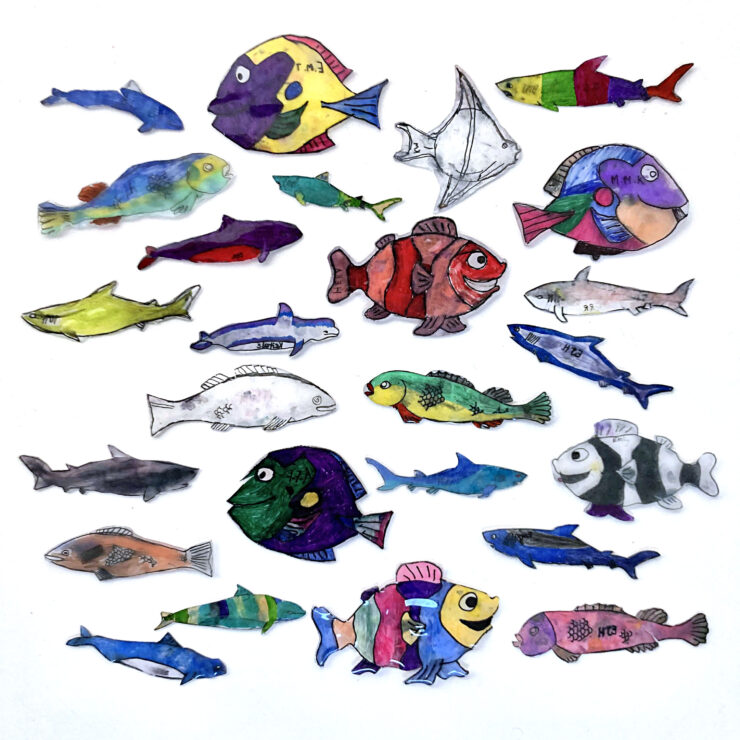There Can Never Be An Excess Of Access

This year the Travelling Gallery is returning to NEoN digital arts festival! We’re pleased to be working with artist Alec Finlay to support ‘Day of Access’, a powerful campaign encouraging estates to open their land to allow access for people affected by disability – allowing them to immerse themselves in Scotland’s beautiful wild landscape. Ana Hine talked to Claire Craig, curator of the Travelling Gallery about bringing the project back to Dundee.
The Travelling Gallery was part of NEoN festival in 2016, when you showed the work of Charles Young, Dennis & Debbie Club and Torsten Lauschmann amongst others. How did you enjoy the experience?
In 2016 we collaborated with New Media Scotland to commission new work by artists exploring technology. Therefore, the fact we were exhibiting artwork that was pushing not only digital mediums but solar power, stop motion animation, and kinetics fitted perfectly with NEoN’s ambitions. However, exhibition content aside, working with NEoN was such a positive experience because you understood the value of Travelling Gallery and how we could work together to reach communities out with the central hub of the festival, audiences who may not otherwise engage.
This year’s travelling show is called ‘Day of Access’ and focuses on the work of Alec Finlay. How did you come to work with Finlay?
It started with an informal conversation with Alec, discussing his practice and touching on some of his new ideas, projects and collaborators. However, it was when he began passionately talking about his idea for a national Day of Access, to campaign for disabled access to wild nature, that it began to feel like a matter of urgency. That we had to support this idea now.
For me it also felt like a progression in Alec’s practice because the idea stems from his illness, M.E, and his own experience and relationship with wild nature. Not only that, but Alec is taking on the role of activist and exploring how art can communicate his Day of Access manifesto.
I like the idea that Travelling Gallery is his campaign bus. We supported a pilot Day of Access in June 2019 and now we can help raise awareness and galvanise support for future events so everyone has the opportunity to access and experience wild nature.
I understand that there was an actual ‘Day of Access’ on 15 June at Meall Tairneachan just northwest of Aberfeldy in Perthshire. What did that involve? How much documentation from that day will be in the show?
Alec’s practice has always involved a lot of collaboration; with artists, photographers, poets and organisations. This was no different. Firstly, Alec got permission from the landowner at Meall Tairneachan to open his tracks and use vehicles to take participants up into the mountainous landscape. He was very keen that a young photographer could be involved in the project to document the trip, therefore we partnered with Stirling Photography Festival to put an open call out. We selected and funded a photographer called Sam McDiarmid who took some beautiful photographs of the day. Overall eleven people, both able bodied and not, were taken up into the mountain with views over to the iconic Schiehallion. The group drove at walking pace and were encouraged to consider the mapping, place names, and poetry in their surroundings. It was a truly positive and insightful day for all involved.
Some documentation from the pilot Day of Access is displayed in Travelling Gallery alongside the map and Alec’s Manifesto. The exhibition has a loose narrative and uses ‘panels’ as a way to display different chapters. There’s the beginning which addresses illness, pain and limitations; the middle which explores care, collaborations, rest and remedies; and the end which displays documentation from the Day of Access as the utopian ideal of where we want society and access to be.
The aim of ‘Day of Access’ as a show is to encourage estates to open their land and allow access to people affected by disability. How has this been achieved so far and what are the hopes for the future?
We’ve received verbal support and interest from our audience and there’s an unofficial petition on the wall if visitors want to sign. Therefore, we’re doing a good job of planting the seed and raising awareness. However, the bulk of work rests in administration and funding applications taken on by Alec and his studio. If anyone reads this and thinks they can help in a meaningful way, we always suggest to either email us and we can pass on your enquiry or get in touch with Alec directly through his website!
Finlay has invited some other artists – Hannah Devereaux, Alison Lloyd, Ken Cockburn and Mhairi Law – to be involved in the show. Why have they been selected, in particular?
These artists are all long-term collaborators who share similar interests and areas of research with Alec. Maybe because of limitations due to his illness, but Alec is excellent at collaborating and knowing what can be achieved through shared ideas and goals. For example, he invited Alison Lloyd to lead a micro navigation walk because it complimented the exhibitions themes, but he also knows Alison has the specialised knowledge and skills to make the event a success.
How is the work as reaction to the current level of access to nature available for people affected by disability? And how is Finlay taking on an ‘activist’ role?
One of the best things about being the curator at Travelling Gallery is you get to meet your audience. By discussing Day of Access with our audience I have heard many positive stories of individuals doing amazing things to help increase access to nature. I suppose the trick now is not only continuing but linking up and communicating these initiatives, so people know how to access and benefit from them.
Alec is taking on the role of activist through his art. He has written a powerful manifesto which begins very clearly with: “There can never be an excess of access.” By including and talking to people affected by disability directly, Alec is already taking on the role of activist. When our audience view his art they can relate and want to share their own experience.
Travelling Gallery will act as the campaign bus touring Day of Access across Scotland; presenting information and artworks and allowing a space for discussions. Documentation from the pilot Day of Access, including work by young photographer Sam McDiarmid, will be exhibited in an art installation created by Finlay.
Tour dates in Dundee:
Monday 4 November, 10:00am-4:00pm
Boomerang Community Centre, 10 Kemback St, Dundee DD4 6ET
Tuesday 5 November, 10:00am-4:00pm
Morrisons, 1 Afton Way, Dundee,DD4 8BR
Wednesday 6 November, 10:00am-4:00pm, please note the gallery will be closed to the public on this day.
Baldragon Academy, 69 Harestane Rd, Dundee DD3 0LF
Thursday 7 November, 11:00am-9:00pm
Wellgate Centre Main Entrance on Panmure Street
Access for visitors:
A maximum of 20 people can visit at one time
The doors are at the front left-hand side of the vehicle
An inbuilt manual ramp is available to aid access for wheelchair users* and pushchairs
Handrails are available at the doorway and by the short internal gradient at the entrance to the gallery (1:9)
The interior of the gallery is level
* Wheelchairs up to 120cm long and 70cm wide


